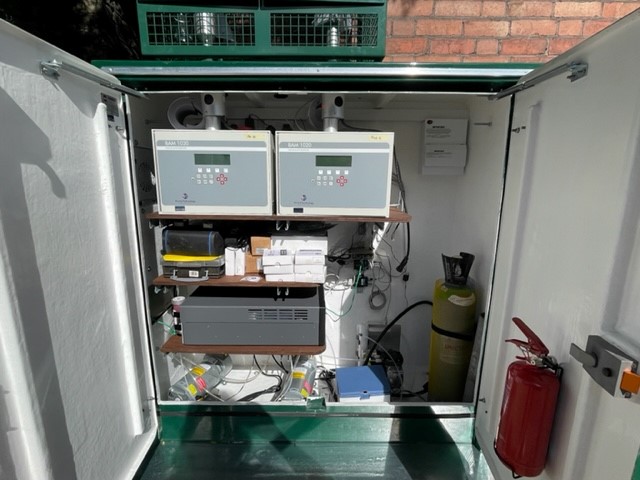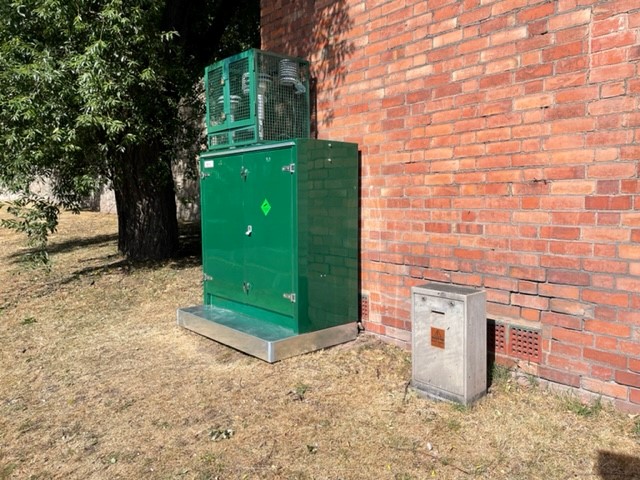Air quality in Hereford has been given a boost thanks to a new Air Quality Monitoring Station.
Air pollution is associated with a number of adverse health impacts, and particularly affects the most vulnerable in society, including children and older people, and those with heart and lung conditions. It is recognised as a contributing factor in the onset of heart disease and cancer.
In Herefordshire, there are two Air Quality Management Areas (AQMAs) due to higher levels of nitrogen dioxide, exceeding national standards (40μg/m3). The AQMAs include the A49 Road through Hereford and Bargates Road junction in Leominster.
Herefordshire Council’s automatic monitoring station at Victoria Street, Hereford was in need of updating. This has now been completed, and the new station will improve the access, scope and reliability of real-time data capture and reliability providing a monitoring station to the same high standard as those operated by the government.
Cllr Ange Tyler, Cabinet member for Housing, Regulatory Services and Community, said: “The main pollutant of concern in Hereford is nitrogen dioxide (NO2), the primary source of which is vehicle emissions. The A49 Road through Hereford has been identified as a local hotspot where traffic is a significant contributor.
“The new Air Quality Management Station is a big improvement on the old facility and a fantastic asset for the health and wellbeing of the community. It is much more accurate and reliable, meaning the data will be more useful in helping to identify measures to improve air quality. As well as measuring nitrogen dioxide it will also provide continuous data on two types of particulate matter, one known as PM10 and the other known as PM2.5.*

“By measuring these pollutants, the new monitoring station will update us in real time on the impact of the various traffic measures in place and should hopefully confirm a positive impact arising from the various initiatives we are delivering.”
The project will next supply a new Air Quality Monitoring Station for Leominster at Bargates that will provide real time data of NO2 levels which can help identify actions to improve air quality and provide additional data on other pollutants. The Leominster station is expected to be completed later this year and progress on this will be reported on separately.
More information can be found on our website.
*Particulate matter (PM) is everything in the air that is not a gas and therefore consists of a variety of chemical compounds and materials, some of which can be toxic. Due to the small size of many of the particles that form PM some of these toxins may enter the bloodstream and be transported around the body, lodging in the heart, brain and other organs. As a result, particulates are classified according to size. The UK is currently focused on measuring the fractions of PM where particles are less than 10 micrometres in diameter (PM10) and less than 2.5 micrometres in diameter (PM2.5) based on the latest evidence on the effects of PM to health.




